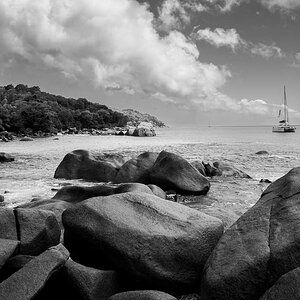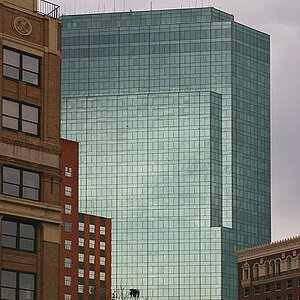Christie Photo
No longer a newbie, moving up!
- Joined
- Jan 7, 2005
- Messages
- 7,199
- Reaction score
- 148
- Location
- Kankakee, IL
- Website
- www.christiephoto.com
Well we used to take a super close up of just the tips. But since we got the E510 I have just been putting up a super high res of the whole instrument. Most cases the end product turns out just fine. But some of these tips are 0.12mm wide and extremely delicate in which case if the end user cant see them clearly online they call to complain. ...The issue comes into play on only the very small delicate instruments.
Maybe post two images? ....One overall view and one detail view?












![[No title]](/data/xfmg/thumbnail/42/42066-badd1780980376f04f261f985a608adf.jpg?1619739998)
